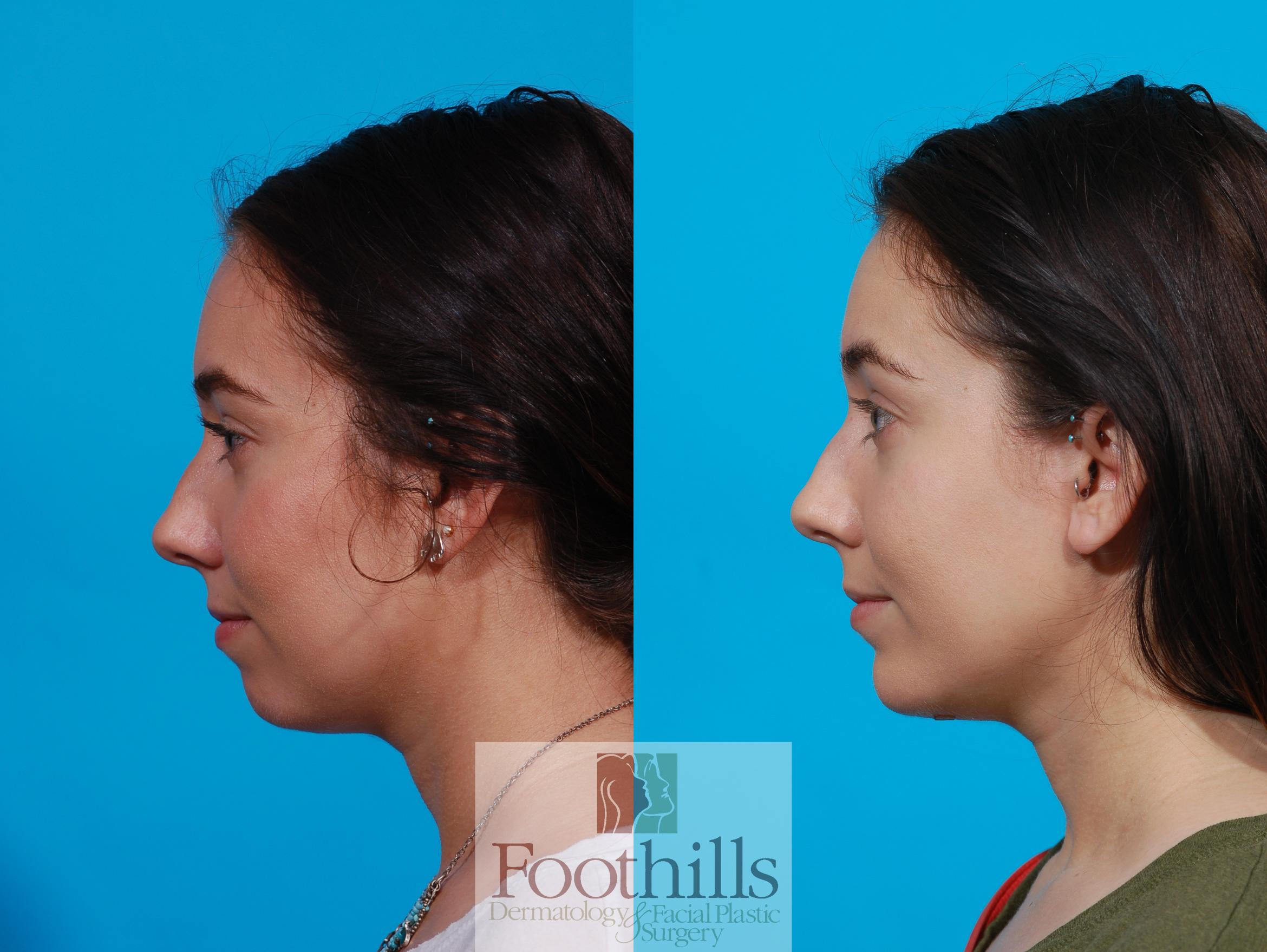
A scar from a facelift is a natural and common result of surgery. These scars will not be noticeable and will look great on your face. There are many options for treating them. Fillers, Botox, as well as a variety of other treatments, are just a few options. A facelift is a great way of improving your appearance and confidence.
Incisions in the ear
Face and neck lifts require incisions that extend posteriorly beyond the ear along the occipital hairline. These scars can be hard to see unless you look directly at them. Additionally, these scars aren't visible in routine close up photographs of the ear.
The location of the incisions on the facelift is key to the final results. Incisions were traditionally made behind the ears by surgeons. Although less prominent than the others, these scars are most often noticeable. Dr. Jacono uses an innovative technique to hide the incision within the tragus cartilage of the ear canal. This allows him to achieve an undetectable scar while minimizing the signs of aging.

Placement of stitches
The order of the stitches used to repair scars from facelifts can vary depending on how large the scar is, the shape of the scar, and the length of the wound. The first stitch should be placed halfway between the wound's corners, and the midline. A second stitch should be placed on each side. The wound can also be closed with bisecting stitches. But the first two shouldn't overlap.
Most sutures used in facelift surgery are very fine, which minimizes scarring. The fat layer underneath is pulled tight. The skin may pull at the stitches. A suture will not cause permanent damage in a healthy body. However, it is possible for the body to rebuild skin cells and create connective tissue.
Scarring can be inconspicuously visible
Patients frequently ask this question after having a facelift. Patients desire a more natural appearance of their jawline and neckline. They don't want visible marks. Although all incisions leave scarring, they can be as subtle as possible with well-executed and planned procedures. Facelifts often require long incisions around the ears and hairline. A facelift patient will want a natural appearance.
Scars can often be raised and brightly red after surgery. This can make the first few days of recovery a bit difficult. Most scars will fade over time. Some may disappear completely. Every person heals at their own pace, so there is no set time or standard for scarring.

Treatments available
A facelift procedure can produce many different results. The procedure can improve the appearance of deep wrinkles, jowls, and skin laxity by tightening facial muscles and removing excess fat. To address the signs of aging around eyes and brows, some patients may also benefit from a foreheadlift or blepharoplasty.
Use silicone sheeting to minimize the visibility of scars caused by a facelift. You can purchase silicone sheeting at your local grocery or over the counter. This sheeting is great for increasing circulation and breaking up skin adhesions. This sheeting also promotes collagen production which aids in the healing of incisions. However, silicone sheeting must be worn for several months.